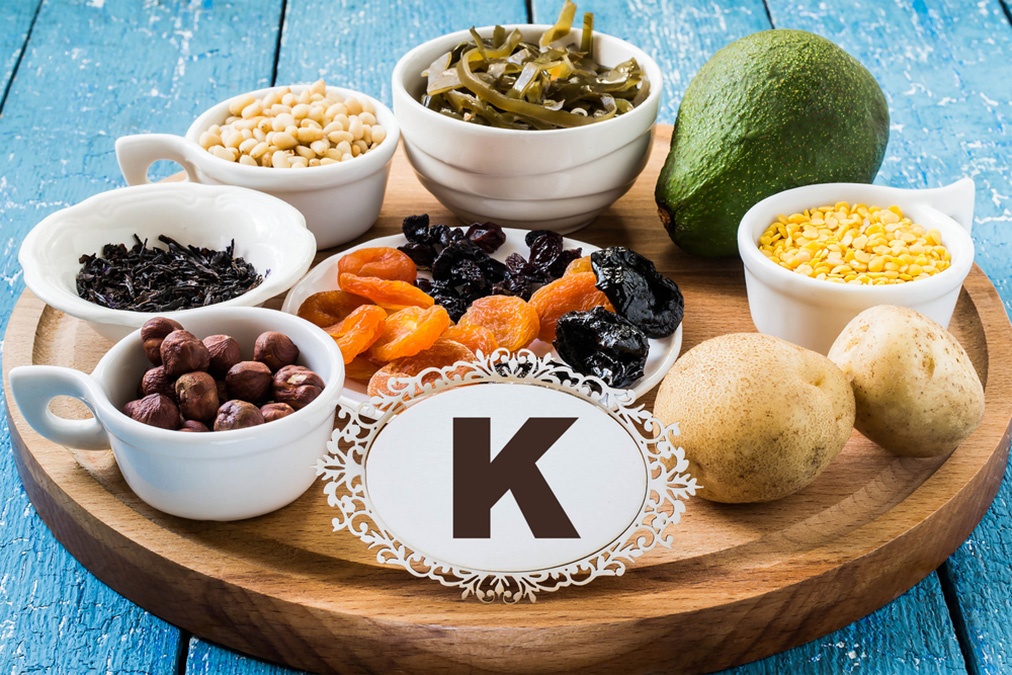 In order to maintain a healthy blood pressure, it is important to balance your intake of sodium and potassium. That is why people with high BP are always advised to eat less salt.
In order to maintain a healthy blood pressure, it is important to balance your intake of sodium and potassium. That is why people with high BP are always advised to eat less salt.
But what if you focused on increasing your potassium intake instead? Will that work and how can you load up on potassium?
Instead of decreasing your salt intake, what about a focus on increasing your potassium intake? Studies have shown that an increase in potassium also had a positive effect on our health.
Potassium is an essential mineral that is used by the body in many different ways. But most importantly, in the case of high blood pressure, it drives out excess sodium. And sodium/salt has repeatedly been found to raise blood pressure.
In fact, studies have shown it’s more important to consume higher amounts of potassium than to reduce your salt consumption.
Lynn L. Moore, associate professor of Medicine at BUMC, performed a ten-year study on 2,185 girls aged between 9 and 10 years old.
They compared the girl’s eating habits to their blood pressure over the years. Girls with the highest intake of potassium were recorded to have the lowest blood-pressure readings at the end of their adolescent years.
Another study showed the influence of an increased potassium intake for a whole population.
Dr. Geleijnse from the Wageningen University in the Netherlands concluded that if everyone increased their potassium intake to 4.7 g/day, we would have up to 8% fewer people with high blood pressure.
So why not put this information into practice?
You can start today with increasing your potassium intake. The current recommendation for potassium is 4.7g/day for those over the age of 14.
Potassium can also be found in many healthy foods, but you can also take it as a supplement. Surprisingly, a recent study at St. Georges Hospital in London showed there is no real difference between the two concerning the effect it has on your health.
Here are a few types of foods high in potassium:
– Potatoes
– Sun-Dried Tomatoes
– Kidney Beans
– Dried Fruits: Apricots, Peaches, and Figs
– Bananas
– Avocado
– Fish
– Acorn Squash
– Milk
– Dark Leafy Greens
In general, a diet based on a large amount of fresh fruit and vegetables is always going to be higher in potassium and lower in sodium.

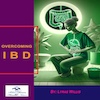 Overcoming IBD
Overcoming IBD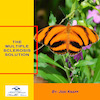 Multiple Sclerosis
Multiple Sclerosis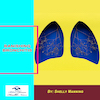 Banishing Bronchitis
Banishing Bronchitis Gum Disease Gone
Gum Disease Gone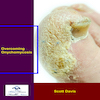 Overcoming Onychomycosis
Overcoming Onychomycosis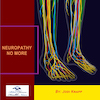 Neuropathy No More
Neuropathy No More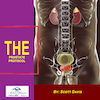 The Prostate Protocol
The Prostate Protocol Brain Booster
Brain Booster
 Ironbound
Ironbound
 Solution for Shingles
Solution for Shingles
 The Bone Density Solution
The Bone Density Solution
 The Ultimate Healing Protocol
The Ultimate Healing Protocol
 The Parkinson's Protocol
The Parkinson's Protocol
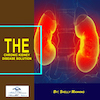 The Chronic Kidney Disease Solution
The Chronic Kidney Disease Solution
 Overthrowing Anxiety
Overthrowing Anxiety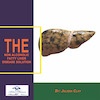 The Fatty Liver Solution
The Fatty Liver Solution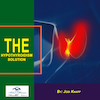 The Hypothyroidism Solution
The Hypothyroidism Solution
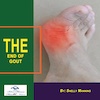 The End of Gout
The End of Gout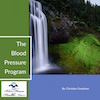 The Blood Pressure Program
The Blood Pressure Program
 The Oxigized Cholesterol Strategy
The Oxigized Cholesterol Strategy
 Stop Snoring And Sleep Apnea Program
Stop Snoring And Sleep Apnea Program
 The Arthritis Strategy
The Arthritis Strategy The Vertigo & Dizziness Program
The Vertigo & Dizziness Program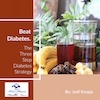 The 3-Step Diabetes Strategy
The 3-Step Diabetes Strategy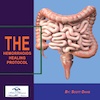 Hemorrhoids Healing Protocol
Hemorrhoids Healing Protocol The Erectile Dysfunction Master
The Erectile Dysfunction Master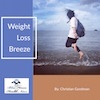 Weight Loss Breeze
Weight Loss Breeze The IBS Program
The IBS Program The Insomnia Program
The Insomnia Program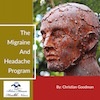 The Migraine and Headache Program
The Migraine and Headache Program The Neck Pain Solution
The Neck Pain Solution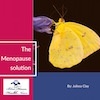 The Menopause Solution
The Menopause Solution The Ejaculation Master
The Ejaculation Master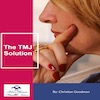 The TMJ Solution
The TMJ Solution The Acid Reflux Solution
The Acid Reflux Solution The Fibromyalgia Solution
The Fibromyalgia Solution The Psoriasis Strategy
The Psoriasis Strategy